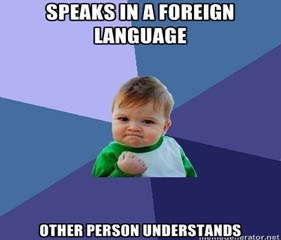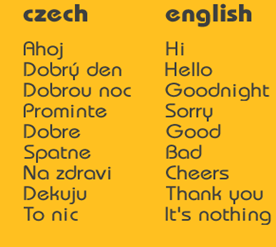Whatever may the language be, parting away is never easy. Despite the difference in etymologies, expressions of goodbye across different languages are conveyed similarly. In this post, we’ll see different ways of saying goodbye in other languages. You may have encountered some of these terms or their alternatives before, because English has borrowed some of the foreign expressions of goodbye.
adiós, adieu, addio, adeus
adiós, addio, and adeus; all have similar etymologies. While adiós is a Spanish word, addio is Italian, and adeus is Portuguese. Then there’s adieu in French, which originates from the combination of a + Dieu (‘to God’).
arrivederci
The Italian meaning of arrivederci is ‘until we see each other again’. Don’t be mistaken that the word is related to greeting, but it is actually a combination of “a (‘until’) + rivederci (‘we see each other again’).”
aloha
aloha is a Hawaiian word that is used for both welcome and farewell. In addition to this, the word is also used as an expression of good wishes, affection, and love. The term is used very often in Hawaii, which is why, it has got the nickname, Aloha State.
ciao
ciao originated in the 1920s as a dialectal alteration of schiavo, which translates to ‘(I am your) slave’. Just like aloha, ciao perform double obligation–as a term for both greeting and parting.
sayonara
sayonara is the short for sayō naraba, which literally translates to ‘if it be thus’. The term sayonara is used in English to recommend something has been finished, abandoned, or committed to the past.
bon voyage
bon voyage is a French term meaning ‘good journey’. The term is commonly used to express good wishes to people embarking on a tour or trip.
vale
vale is an interesting farewell, an ancient sendoff that means ‘goodbye’ in Latin. The word originated from the singular imperative of the second person valēre that means ‘to be well’.
au revoir
au revoir is similar to auf Wiedersehen in terms of meaning and translates as ‘to the seeing again’. It is mainly used when two people are anticipating a meeting in the future.
shalom
shalom is a Hebrew term that can rightly be used for both welcome and farewell. Shalom actually translates as ‘peace’, but during formal parting it is said “shalom Aleichem” or ‘peace be with you’.
totsiens
totsiens is a South African term used to send each other. The word that means ‘until we meet again’ is actually a combination of Dutch words tot ‘until’ and zien ‘see’.
In The End
The world is full of beautiful languages, each having its unique way of expressing gratitude and goodbyes. If you are heading to another country and are not proficient in their language, it is always better to avail translation service to be able to understand the views and expressions of people better. For more information on translation services call 888-670-3369.



